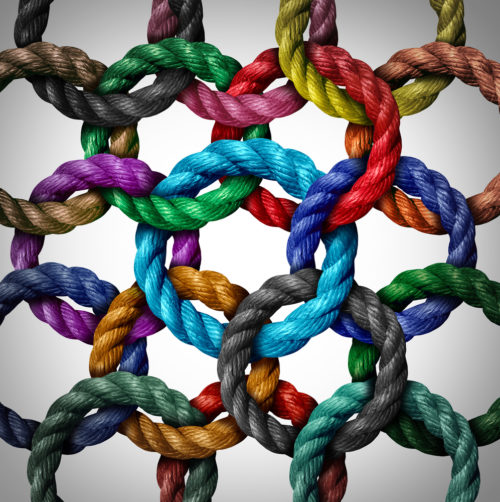
Most board members and volunteers have an unhealthy relationship to fundraising. They often place it within the context of having or not having enough power (personal wealth, connections, and influence).
- “Do I know enough wealthy people?”
- “Can I really get this person to give?”
- “How will it change our relationship?”
A power-based frame is isolating because it forces a hyper-focus on the board member’s perception of their own self. Power, by its very nature, is exclusionary and when someone feels they do not have it (or enough of it), there is very little an executive director, development director, or board chair can do to make that volunteer feel like they can successfully contribute to the fundraising effort.
Whereas power hinders engagement in fundraising, strength nurtures it. The data my colleagues and I have collected through our Raise Together Assessment shows that all board members have an innate set of assets that can help build authentic and supportive relationships. We have found that board members who are aware of their fundraising strengths feel less isolated, are more willing to talk about and coordinate fundraising activities with their colleagues, and ultimately, are more engaged in the overall fundraising effort. In short, instead of focusing on the power she or he may or may not have, the board member focuses on the strengths they and others have.
Promoting a strength over power frame around fundraising is essential. Here are a few tips:
- First, look carefully at why we want our board members involved. If we are just looking for their contacts and their ability to ask these people for money, we are locking our board members into a power-based frame. Instead, work with them to define the board’s role and purpose in building a comprehensive relationship-building effort that advances organizational impact.
- Second, examine the processes and approaches you currently use to engage board members. Setting a financial give-or-get for your board may be the most direct way to communicate how they should behave, but who does it leave out? What strengths and capabilities do you lose when someone is excluded because they feel they cannot meet this expectation? Consider process and approaches that build awareness around the strengths of your members and help them see how these strengths advance the effort as a whole.
- Third, make relationship-building visible. Conquer fundraiser isolation by setting aside time at board or committee meetings to discuss how members are using their strengths to connect, cultivate, engage, and steward supportive relationships and how these new stakeholders are advancing and transforming the organization’s ability to create impact.
When we start with the right frame, we can build a culture that is vital and healthy and a fundraising effort that is authentic and enduring.
Learn more about Raise Together.

